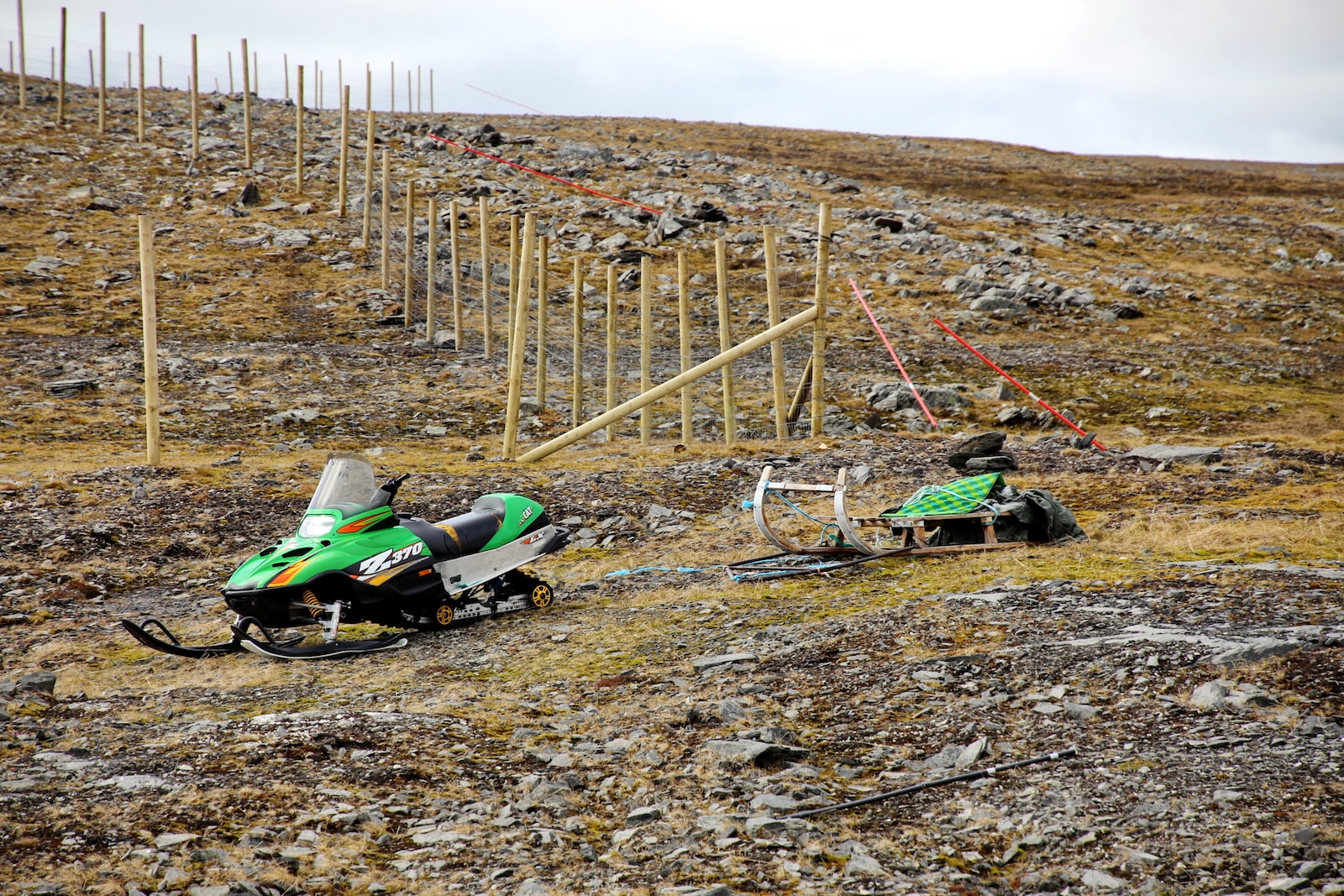Table of Contents
ToggleIntroduction
Anthropomorphic climate change is a theory that explains the long-term increase in the average temperature of Earth’s atmosphere as an effect of human industry and agriculture. This theory is based on the idea that as the concentration of greenhouse gases in the atmosphere increases, so will the planet’s capacity to retain heat. In this article, we will explore what anthropomorphic climate change is, how it works, and why it matters.
What Is Anthropomorphic Climate Change?
Anthropomorphic climate change is a theory that explains the long-term increase in the average temperature of Earth’s atmosphere as an effect of human industry and agriculture. For well over a century, scientists have been concerned that as the concentration of greenhouse gases in the atmosphere increases, so will the planet’s capacity to retain heat. Since the latter half of the 20th century, growing banks of data and improved climate models have convinced most climate scientists that rising trends in greenhouse gas emissions are directly responsible for a rising trend in atmospheric temperature.
Difference between Climate Change and Anthropomorphic Climate Change
Anthropomorphic climate change and climate change are two terms that are often used interchangeably, but they do have slightly different meanings. Climate change refers to any long-term change in the Earth’s climate, including changes in temperature, precipitation, and weather patterns. Anthropomorphic climate change, on the other hand, refers specifically to the long-term increase in the average temperature of Earth’s atmosphere as an effect of human industry and agriculture. In other words, anthropomorphic climate change is a type of climate change that is caused by human activity. While all anthropomorphic climate change is climate change, not all climate change is anthropomorphic climate change.
How Does Anthropomorphic Climate Change Work?
Anthropomorphic climate change works by increasing the concentration of greenhouse gases in the atmosphere. Greenhouse gases are made of molecules that absorb electromagnetic radiation, such as the light reflecting from the planet’s surface, and reemit it as heat. These gases include methane, carbon dioxide, water, and nitrous oxide. Despite making up only a small percentage of the atmosphere’s mix of gases, they are very important. If we had no naturally occurring greenhouse gases in the atmosphere at all, the average global temperature on Earth would be a much lower -18 degrees Celsius (0 degrees Fahrenheit) instead of the roughly 15 degrees Celsius (59 degrees Fahrenheit) we have enjoyed most of human history.
Why Does Anthropomorphic Climate Change Matter?
Anthropomorphic climate change matters because it is having a significant impact on the planet’s climate and ecosystems. Rising temperatures and changing weather patterns are making it more difficult to grow crops in many regions, leading to food shortages and rising food prices. In addition, climate change is causing sea levels to rise, which is threatening coastal communities around the world. Finally, climate change is causing more frequent and severe weather events, such as hurricanes, floods, and droughts, which are causing significant damage to infrastructure and property.
The Role of Sustainable Practices in Mitigating Anthropomorphic Climate Change
Sustainable practices can play a significant role in mitigating the effects of anthropomorphic climate change. By reducing our carbon footprint and adopting sustainable practices, we can help to slow the pace of global warming and reduce the frequency and severity of extreme weather events. Some examples of sustainable practices include using renewable energy sources, reducing waste, and conserving water.
Conclusion
Anthropomorphic climate change is a significant threat to the planet’s climate and ecosystems. Rising temperatures and changing weather patterns are making it more difficult to grow crops in many regions, leading to food shortages and rising food prices. In addition, climate change is causing sea levels to rise, which is threatening coastal communities around the world. Finally, climate change is causing more frequent and severe weather events, such as hurricanes, floods, and droughts, which are causing significant damage to infrastructure and property. By adopting sustainable practices and taking steps to reduce our carbon footprint, we can help to mitigate the effects of anthropomorphic climate change and create a more sustainable future for all.
FAQs
- What is anthropomorphic climate change? Anthropomorphic climate change is a theory that explains the long-term increase in the average temperature of Earth’s atmosphere as an effect of human industry and agriculture.
- How does anthropomorphic climate change work? Anthropomorphic climate change works by increasing the concentration of greenhouse gases in the atmosphere, which leads to a rise in atmospheric temperature.
- Why does anthropomorphic climate change matter? Anthropomorphic climate change matters because it is having a significant impact on the planet’s climate and ecosystems.
- What are some examples of sustainable practices? Some examples of sustainable practices include using renewable energy sources, reducing waste, and conserving water.
- How can sustainable practices help to mitigate the effects of anthropomorphic climate change? Sustainable practices can help to reduce our carbon footprint and slow the pace of global warming, reducing the frequency and severity of extreme weather events.







